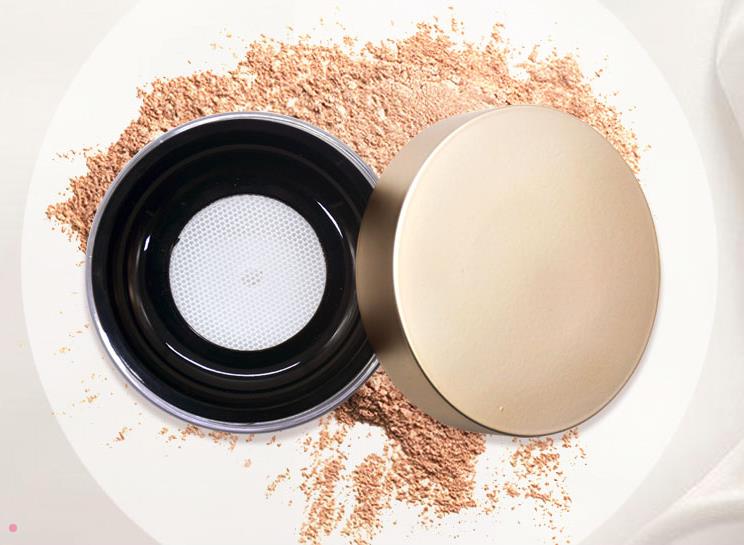In the highly competitive and rapidly evolving beauty industry, cosmetic packaging transcends the mere notion of a simple container. It encompasses outer packaging, meticulously crafted inner cartons, information-laden labels, along with a plethora of functional auxiliary tools. Particularly for skincare products, the packaging materials exhibit a high degree of complexity, owing to the extensive diversity of materials and the wide array of shapes. Within the realm of original equipment manufacturing (OEM), the procurement of packaging materials assumes a pivotal role. High-quality packaging not only facilitates the elevation of brand image and product quality but also instills an indelible, favorable first impression upon consumers. Consequently, when choosing an OEM production and processing enterprise, clients must accord the highest priority to the procurement of cosmetic packaging materials, meticulously monitor the entire production process, and strive to achieve “thorough market trend research, accurate process difficulty anticipation, and effective potential risk control”, thereby ensuring “unwavering quality, punctual delivery, and meticulous service”. Specifically, the following five core aspects demand meticulous attention:
- Design: A Confluence of Trendiness and Rationality
As an OEM client, while factoring in cost, it is imperative to gain profound insights into the contemporary aesthetic expectations of the market. Presently, terms such as “Instagrammable cosmetic packaging designs” and “Incorporating cutting-edge fashion elements into beauty packaging” are trending search queries. This implies that, ranging from the overarching style of the outer packaging to the distinctive contours of the inner cartons, from the innovative configurations of the containers to the stylish articulation of label copy, and even extending to considerations regarding transportation risks and outsourcing logistics, a comprehensive, holistic approach to planning is indispensable. It is essential to guarantee that the structural design is both ingeniously conceived and physically robust. Some clients, unfortunately, adopt a myopic focus solely on the containers, neglecting the outsourcing aspects, especially overlooking factors like regional disparities and transportation contingencies. Such a lack of comprehensive strategizing will ultimately yield products with outstanding internal qualities but unappealing exteriors, significantly undermining both the product and brand image and forfeiting potential search visibility.
- Capacity: Precision and Standardization
The skincare product landscape is characterized by a vast spectrum of offerings, and the associated manufacturing processes are often intricate. Deviations frequently emerge between the container capacity and the initially designed specifications. Prior to initiating container production, a comprehensive assessment of material properties is of the essence, followed by precise control measures. Trending search topics like “Compact, high-concentration skincare product packaging” and “Generous-capacity family-sized cosmetic containers” underscore consumers’ acute attention to aspects such as the completeness of special specifications, visual aesthetics, and overall user experience. In business negotiations, numerous clients merely replicate production based on samples, which falls far short of adequacy. After all, the net content within identical containers can vary substantially depending on the materials employed.
- Copy: Stringent Compliance and Standardization
The regulatory framework governing cosmetic labels is stringently enforced at the state level, mandating meticulous adherence to established standards, especially for products boasting popular attributes such as “suitable for sensitive skin” and “natural-origin ingredients”. “Regulatory guidelines for cosmetic ingredient labeling” is a recurrently searched topic. Zero tolerance exists for errors in ingredient listings and their corresponding metrics; even the most premium packaging materials become null and void in the presence of the slightest inaccuracy. Regarding product efficacy claims, rigorous scrutiny is obligatory, eliminating spurious, exaggerated assertions like “overnight whitening” and “permanent acne prevention”, shunning prohibited terminologies, and eradicating any potentially ambiguous language that could mislead consumers. This is crucial to avert brand exposure due to non-compliance and the resultant nosedive in search rankings.
- Details: Meticulous Scrutiny and Control
Cosmetic packaging materials comprise a diverse range of components, including boxes, bottles, and bags. During mass production, it is virtually impossible to completely eradicate defective items, and damage may also occur during transportation. Auxiliary items, such as bottle caps, anti-slip gaskets, innovative carton linings, intricate labels, and shrink films, are particularly susceptible to quality issues throughout the production and transportation phases. The topic “A must-see for detail-oriented connoisseurs in beauty packaging” is currently trending on various social platforms. Only by subjecting every minuscule detail to painstaking refinement can brands harness the power of word-of-mouth to steadily augment their search popularity.
- Qualified Rate: Upholding High Standards
For cosmetic outsourcing materials, such as predominantly handcrafted cartons and handbags, limited automation invariably leads to the inevitability of defective or non-compliant products. Even machine-produced glass bottles and hoses may encounter issues like color discrepancies and printing omissions. “Defect rates in cosmetic packaging” is a topic of significant concern among purchasers. When procuring, it is essential to fully anticipate these potential issues. During product acceptance, the ratio of qualified to defective products must not exceed the predefined basic standard; only upon meeting this criterion can the procurement be deemed successful. When placing orders, it is advisable to moderately increase the purchase quantity, thereby reserving ample selection leeway and ensuring that only top-tier products reach the consumers. This, in turn, bolsters the brand’s standing in search engine recommendations.
